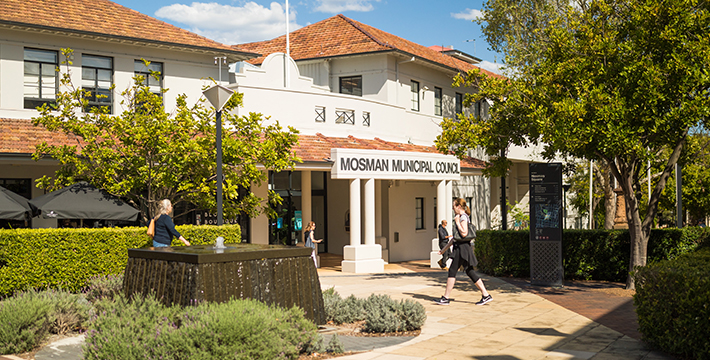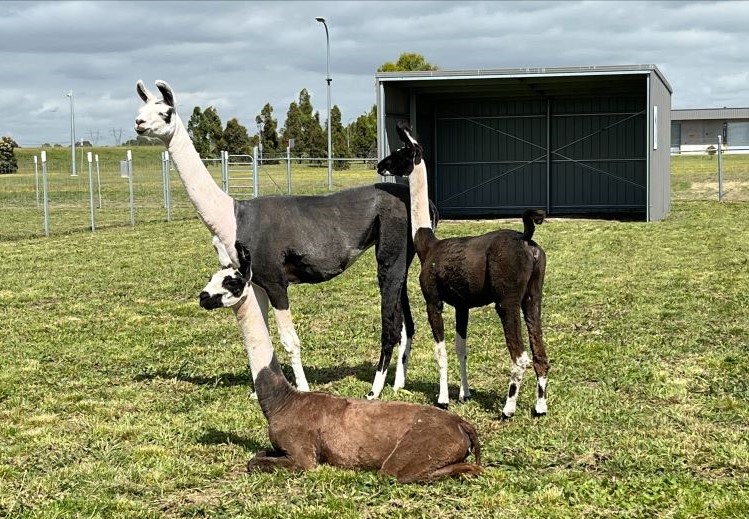Miraculously, one person was rescued with minor injuries after they were located 600m down from where they had been climbing on Mount Taranaki this weekend.
Police were alerted that a climber had fallen while climbing with a group around the creator entrance, near the summit, at 12pm on Saturday 9 September.
Having watched their fellow climber slide down the mountain and out of view, another member of the group climbed down to try and locate them.
A Taranaki Alpine Rescue member also responded quickly to try and locate the fallen climber, having been climbing in the area themself at the time.
The person who fell was located by their fellow group member and the Alpine Rescue climber with minor injuries, but without their ice axe or crampons after losing them on the way down.
The climber was rekitted and the Alpine Rescue member assisted the pair down the mountain to meet the rest of the group at the bottom.
Thanks to recent spring weather, the ice had softened, and the snow caught the climbers fall.
He is exceptionally lucky to be alive.
These are challenging areas and when things go wrong there are often serious consequences.
This was the same area in which two climbers tragically fell to their deaths two years ago.
Climbing on Mount Taranakie requires experience, knowledge and properly fitted and correct equipment.
Failing to be properly equipped could result in a very different ending to Saturday’s story.
To ensure your safety, make sure to consider the following precautions:
Before you go for a tramp or walk in the great outdoors let family and/or friends know where you’re going, and when to expect you back.You can also use Mountain Safety Council’s free planning app Plan My Walk to leave your intentions. Alternatively, leave a date and time to raise the alarm if you haven’t returned using the Outdoors Intentions form.
If something does go wrong, taking a distress beacon could save your life. While New Zealand’s mobile phone coverage network is good in urban areas, it’s unlikely you’ll have reliable coverage in the backcountry or in marine areas. If you’re unsure, opt to take a beacon. It’s important you know how to use it before you leave and register your beacon to help store your information for rescue services.
Check out the AdventureSmart website which provides safety information for a vast range of activities, including the three safety codes – the Water Safety Code, the Boating Safety Code, the Land Safety Code.








